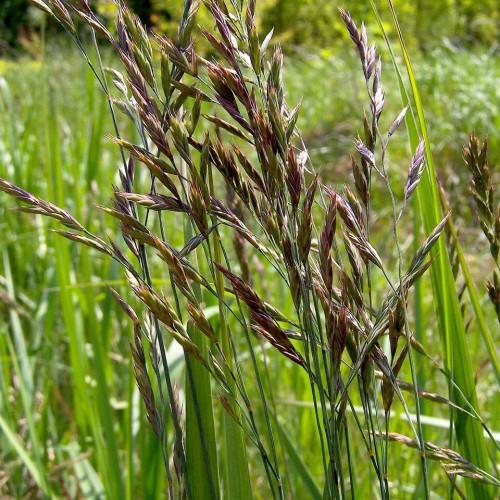
Erect Brome
Bromus erectus
Also Known As - Meadow BromeWatering:
Frequent
Hardiness Zone:
Sun:
full sun,part shade
Leaf:
Yes
Growth Rate:
Low
Drought Tolerant:
Yes
Salt Tolerant:
Yes
Invasive:
Yes
Care Level:
Moderate
watering
Oat Brome (Bromus danthoniae) should be watered weekly. The amount of water will depend on soil type, sunlight exposure, and temperature. In general, Oat Brome needs to be watered deeply once a week, allowing the top 2-3 inches of soil to dry out before watering again. If the weather is hot and dry, and the soil is sandy, an extra watering may be needed. Overwatering can cause its roots to rot and eventually kill the plant.
sunlight
Oat Brome (Bromus danthoniae) is an annual grass species typically found in grasslands and prairies of North America. This species grows best in full sun and is able to tolerate partial shade. Bromus danthoniae requires at least 6 hours of direct sunlight per day for optimal growth. The hours of sunlight vary from season to season, but the annual average is 6-8 hours per day. In the summer, when the days are longer, the plant may receive up to 10 hours or more of direct sunlight. In the winter, during shorter days, the plant may receive as little as 4 hours of direct sunlight each day.
pruning
Oat Brome (Bromus danthoniae) should be pruned in mid spring to late summer. Pruning should be done to keep the grass compact and short and remove unhealthy foliage. Start by removing dead, diseased, or broken stems. Then trim long or overly-bushy stems. Lastly, thin the Oat Brome crop back to the desired level of density. This species typically does not require heavy pruning but trimming can help control the population and improve overall health.
